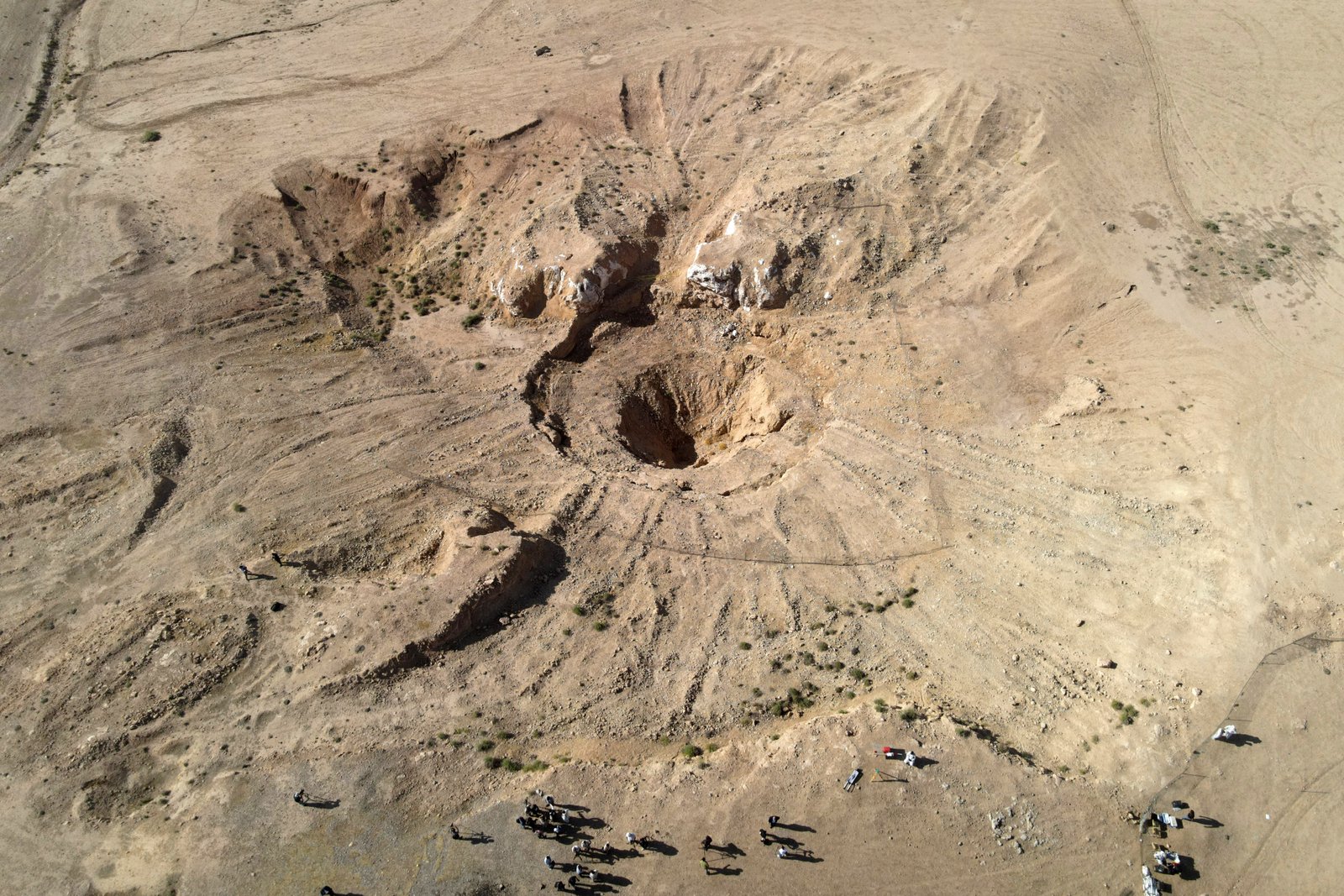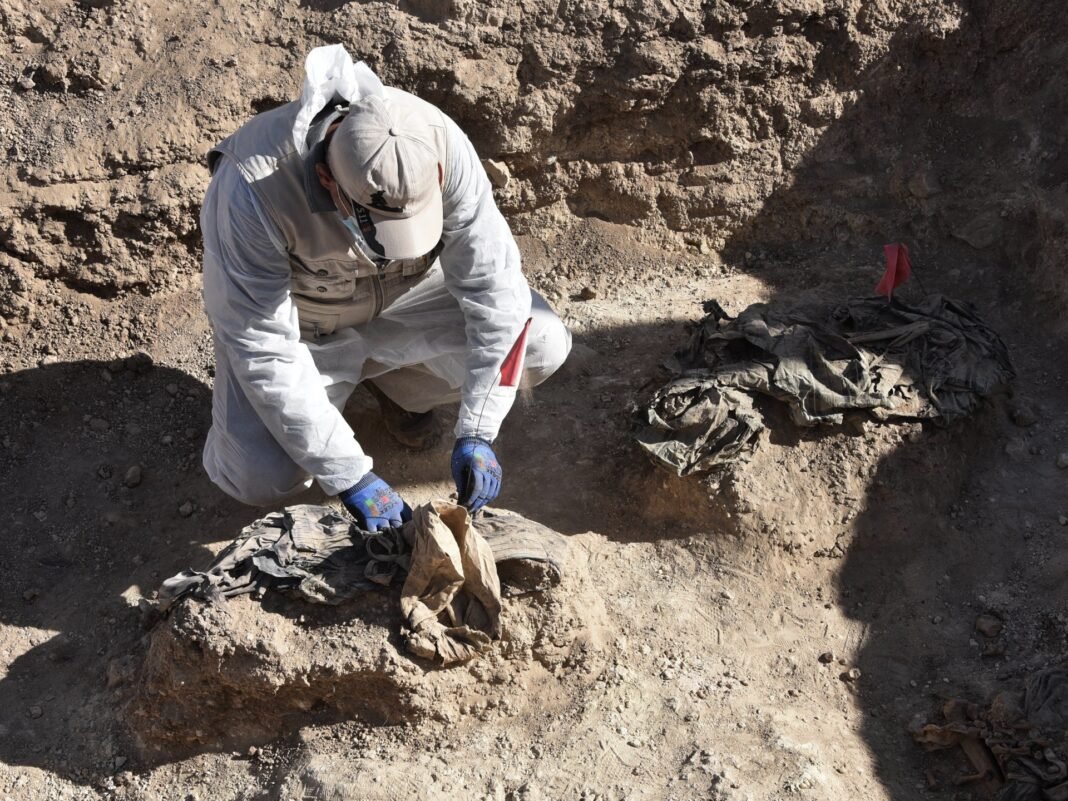Exploring the al-Khasfa Mass Burial Site: A Stark Testament to ISIL’s Brutality Near Mosul
Discovery and Collaborative Excavation Initiatives
In the vicinity of Mosul, Iraq’s second-largest metropolis, authorities have commenced digging at a suspected mass grave site known as al-Khasfa. This location is believed to contain thousands of human remains linked to atrocities perpetrated by ISIL during their occupation from 2014 until their defeat in 2017.
The excavation involves a coordinated effort among local government officials, forensic specialists, judicial bodies, and organizations such as the Iraqi Martyrs Foundation alongside the mass graves directorate. Initial work has focused on recovering surface-level remains and evidence while preparing for an extensive exhumation that will require international forensic expertise due to the site’s complexity.
Geological Features and Operational Difficulties
Al-Khasfa is dominated by an enormous sinkhole measuring roughly 150 meters deep and 110 meters across. This natural chasm reportedly served as an execution ground where ISIL transported victims via buses before carrying out mass killings. the presence of hazardous substances like sulfurous water combined with unexploded ordnance presents significant challenges for recovery teams.
The corrosive properties of sulfur-laden water have likely accelerated decomposition, complicating DNA extraction efforts essential for victim identification. These environmental dangers demand advanced equipment and highly trained personnel to safely conduct thorough excavation operations.
Scope Indicated by Survivor Accounts
Although official investigations are ongoing,survivor families and eyewitnesses estimate that al-Khasfa may hold upwards of 4,000 bodies-potentially ranking it among Iraq’s largest modern mass graves. Approximately 70% of these remains are thought to be members of Iraqi security forces alongside civilians including Yazidi victims targeted during ISIL’s reign.

The Historical Context: ISIL’s Control Over Northern Iraq
Mosul fell under ISIS control amid their swift territorial expansion across parts of Iraq and Syria between 2014 and 2017. At its peak, this extremist faction governed an area nearly half the size of the United Kingdom with Raqqa declared as its Syrian capital.
The group became notorious for ruthless campaigns against minority groups such as Yazidis-a religious community tracing roots back to ancient Zoroastrianism-who endured massacres numbering in thousands along with widespread enslavement particularly targeting women from Sinjar district.
diverse Victim Profiles Within al-Khasfa
An estimated majority (around 70%) buried here are believed to be former Iraqi military personnel including police officers who resisted ISIS advances. The remaining portion consists largely of civilians from various ethnicities subjected to systematic violence throughout this dark chapter in northern Iraq’s history.
Eerie Eyewitness Narratives Unveil Atrocities Committed
Local testimonies describe how captives were forcibly transported en masse via buses directly into this pit where many were executed through decapitation or other brutal methods employed by militants aiming to instill terror among opposition groups or minority populations alike.
Broadening Investigations: Mass Graves Beyond Recent Conflicts
Iraqi authorities continue uncovering additional burial sites dating back even further-to Saddam Hussein’s regime prior to his ousting after the US-led invasion in 2003-highlighting decades-long cycles of violence affecting countless families nationwide still seeking closure today through forensic identification supported by expanding DNA databases developed alongside ongoing excavations.
“The discovery at al-Khasfa not only marks a tragic episode but also underscores an urgent need for justice through detailed investigation,” state officials coordinating these sensitive operations amid challenging field conditions.





